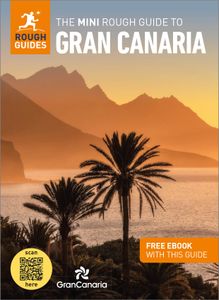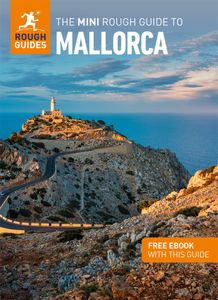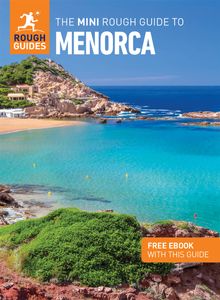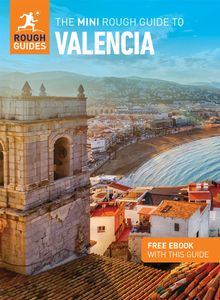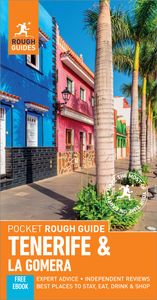Brief history
The Carthaginians, who founded Ibiza Town in about 654 BC, transformed the island into a major trading port, with salt the main export. The Romans arrived in 123 BC and the island continued to prosper. After the fall of the Roman Empire, Ibiza was conquered by the Moors in the ninth century, and their five-hundred-year reign is still evident in the island’s architecture and traditional dress. But thereafter a gradual decline set in, and it wasn’t until Beatniks discovered the island in the 1950s that Ibiza began to reinvent itself as one of the most chic locations in the Mediterranean.
Today more than four million tourists flock to the much-revered “white isle” every year. However, Ibiza’s tourism-driven prosperity has seen more and more coastline consumed by rampant development. The balance between keeping the tourists coming and maintaining the island’s natural allure is keenly felt by the islanders but, for now at least, it’s not hard to find a pristine cove or a quiet forested trail if you make the effort.
Clubbing on Ibiza
Some of the globe’s most spectacular clubs are spread across the southern half of Ibiza. Clubs cost around €30–70 to get in, are open between midnight and 6am – try to blag a guest pass from one of the bars. The Discobus (midnight–6.30am; €3) ferries partygoers from Ibiza Town to the island’s major clubs, leaving from the main port.
Ibiza Town
IBIZA TOWN (Ciutat d’Eivissa) is easily the most attractive settlement on the island. Colossal medieval walls guard the maze of cobbled streets of the UNESCO-listed old town quarter of Dalt Vila. The walls reach a dramatic climax at the main archway entrance, the imposing Portal de ses Taules. Just beyond is the elegant Plaça de Vila, which is lined with restaurants and cafés and makes a delightful setting for some tapas or a meal. It’s well worth the walk up the steep, winding streets to the cathedral, if only to enjoy the wonderful views out over the harbour.
During summer nights, the whitewashed streets of the port area are packed with people darting between chic boutiques, street market stalls and hip bars. In winter, things are much more peaceful, and the focus of activity shifts to the area around the graceful boulevard Passeig de Vara de Rey.
The east coast of Ibiza
Heading northeast from Ibiza Town, it’s 15km to SANTA EULÀRIA DES RIU, a pleasant town with a plush marina but few obvious sights. Though it does boast an attractive church – a fortified whitewashed sixteenth-century construction perched on a hilltop to the west of the town centre, SANT CARLES, 7km to the north, is an agreeable one-horse village.
East of Sant Carles the road passes through burnt-red fields of olive, almond and carob trees to several almost untouched beaches. Cala Llenya, a broad sandy cove with sparkling waters, is the nearest, and is popular with families. Tiny Cala Mastella, 2km farther north, is a supremely peaceful spot, with a diminutive sandy beach and crystal-clear sheltered water. Just north of Cala Mastella, Cala Boix is another stunning sandy cove, a little larger and more exposed.
Continuing north from Cala Boix, the coastal road follows an exhilarating, serpentine route above the shore, through thick pine forests and past the lonely nudist beach of Aigües Blanques.










